Many people are afraid of spiders. They stealthily move about, lurk in unseen nooks, and spin webs which you may accidentally brush against, causing unease. If a large spider were to suddenly crawl onto your shoulder, most of us will likely react with a start. The very look of spiders, with their four pairs of eyes and eight legs, can be quite haunting. The thought of venomous spiders further heightens the fear. If you are someone who has arachnophobia, prepare yourself. Here is a list of the Top 25 Most Venomous Spiders Actually Discovered in Nature.
Noble False Widow
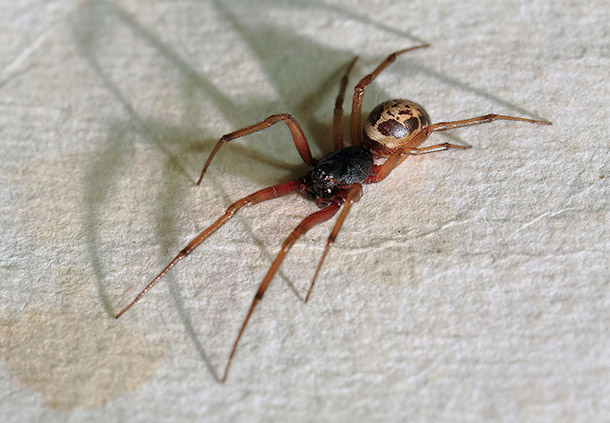 Source: http://www.express.co.uk
Source: http://www.express.co.uk One of the more feared spiders found in England, the Noble False Widow spider is the most venomous of three types of false widow spiders. Its bite causes pain, swelling, nausea, and if it becomes infected, it can lead to gangrene.
Six Eyed Sand Spider
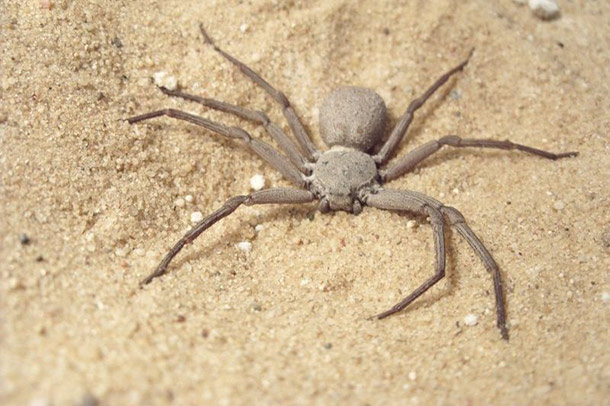 Source: https://animalcorner.co.uk/
Source: https://animalcorner.co.uk/ While the Six Eyed Sand Spider is very shy, it’s also known to be incredibly venomous. Because it does not go near humans, there have been few cases of it biting a person. However, in one known case, a man lost his arm from necrosis. If bitten by a Six Eyed Sand Spider, most assume it’ll end in a fatality because there’s no antivenom.
Katipo
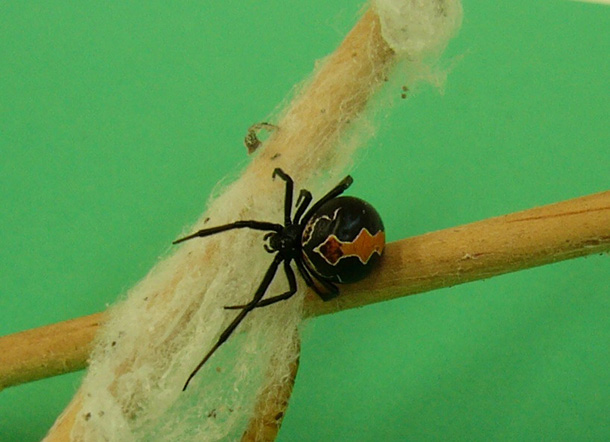 Source: https://animalcorner.co.uk/
Source: https://animalcorner.co.uk/ Native to New Zealand, the Katipo spider is endangered. Only the female is capable of biting a person, but their bite isn’t thought to be lethal but rather unpleasant. By “unpleasant” we include symptoms like abdominal cramping, sweating, fever, and shaking.
Brown Recluse Spider
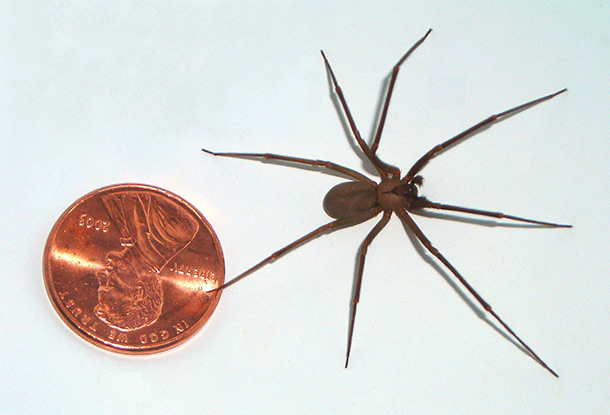 Source: https://www.orkin.com
Source: https://www.orkin.com Brown Recluse Spiders are considered the most venomous spider in the United States. If bitten, victims could experience fever, convulsions, itching, nausea, and muscle pain. In extreme cases, they could also experience necrosis (death of skin tissue).
Hobo Spider
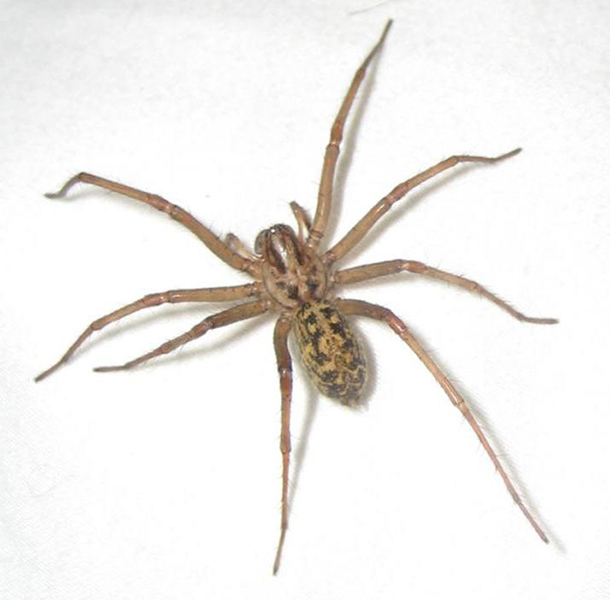 Source: https://www.orkin.com, healthline.com
Source: https://www.orkin.com, healthline.com Hobo Spiders were originally thought to cause horrible lesions if a human was bitten, but recent studies have dispelled this notion. While they are not considered medically threatening, their venom can cause, redness, swelling, and twitching for several hours.
Tarantulas
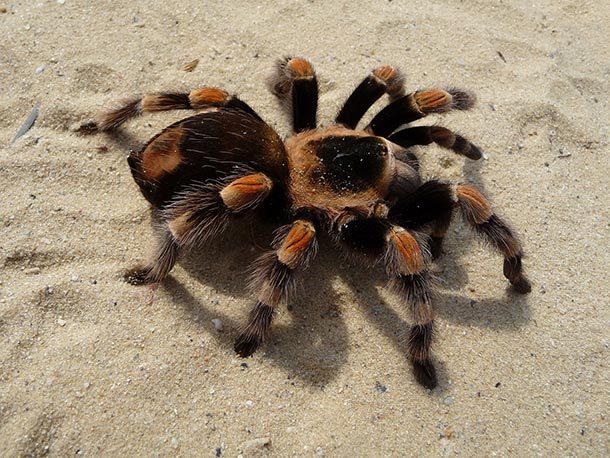 Source: http://www.nationalgeographic.com, desertusa.com
Source: http://www.nationalgeographic.com, desertusa.com Despite their intimidating appearance, tarantula venom only creates a painful bite and the hairs on their legs can cause skin irritation. Unless someone happens to be allergic, it’s not harmful to humans.
Cupboard Spider
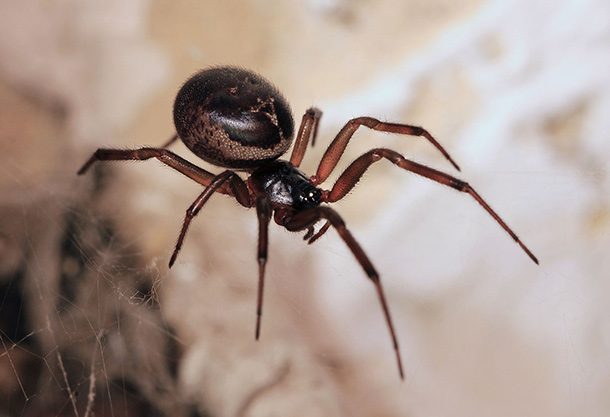 Source: https://australianmuseum.net.au, uksafari.com
Source: https://australianmuseum.net.au, uksafari.com The Cupboard Spider isn’t known to be dangerous to humans. For most people, their reactions to venom are similar to a wasp sting. However, there have been a few cases where more serious symptoms were recorded.
Redback Spider
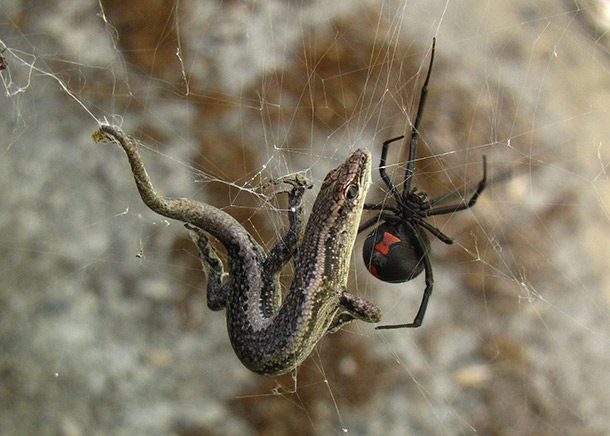 Source: http://www.spiders.com.au
Source: http://www.spiders.com.au The Redback Spider’s bite is not only painful, but will also lead to certain death if not treated immediately. An anti-venom was created in 1956. 250 people a year receive this anti-venom.
Black House Spiders
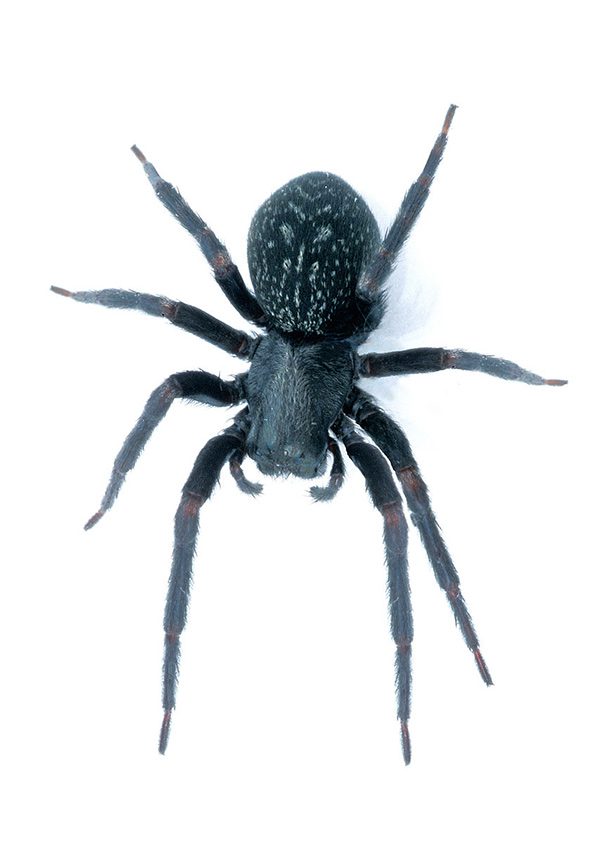 Source: http://www.termite.com
Source: http://www.termite.com A Black House Spider’s bite is poisonous but not deadly. However, it can cause severe pain, swelling, nausea, and vomiting, among other horrible symptoms.
Black Widow Spider
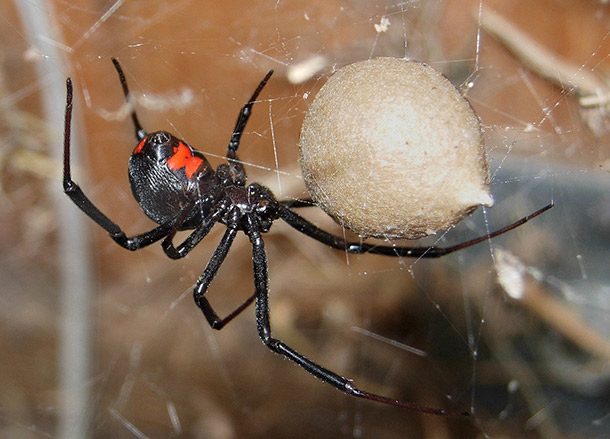 Source: https://www.desertusa.com
Source: https://www.desertusa.com Black Widow Spider’s venom is about 15 times as toxic as the prairie rattlesnake. However, only the female can harm humans. The females usually have a red hourglass on their abdomen.
Yellow Sac Spider
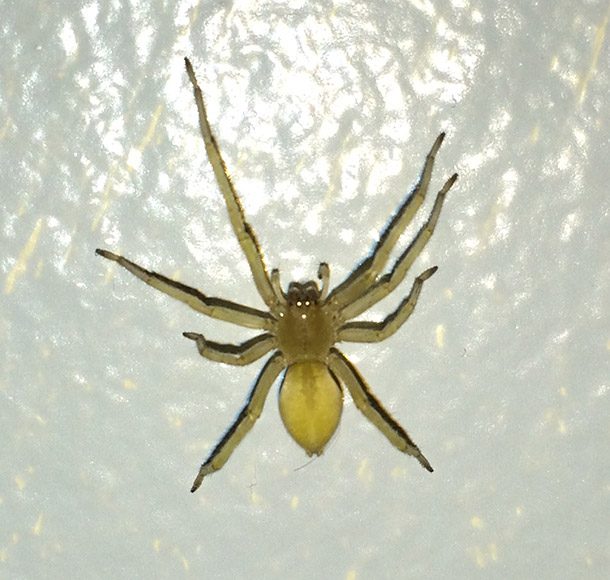 Source: https://www.orkin.com
Source: https://www.orkin.com The Yellow Sac Spider’s bite may cause severe pain with symptoms like fever, muscle cramps, and nausea, but rarely does it become a severe medical condition.
Poecilotheria Rajaei
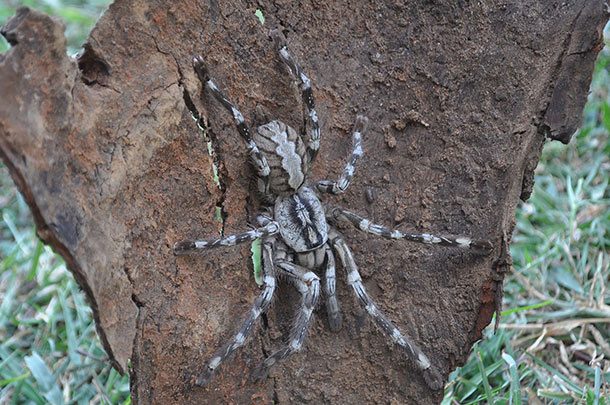 Source: https://www.livescience.com/
Source: https://www.livescience.com/ Recently discovered in Sri Lanka, the Poecilotheria Rajaei spider is a type of tarantula. It has enough venom to kill mice, lizards, and small birds.
Sydney Funnel Web Spider
 Source: https://www.thesun.co.uk, austrailiangeographic.com.au
Source: https://www.thesun.co.uk, austrailiangeographic.com.au Native to Australia, the Sydney Funnel Web Spider can kill you within fifteen minutes of its bite. Luckily, there is an anti-venom…if treated quickly enough.
Trapdoor Spider
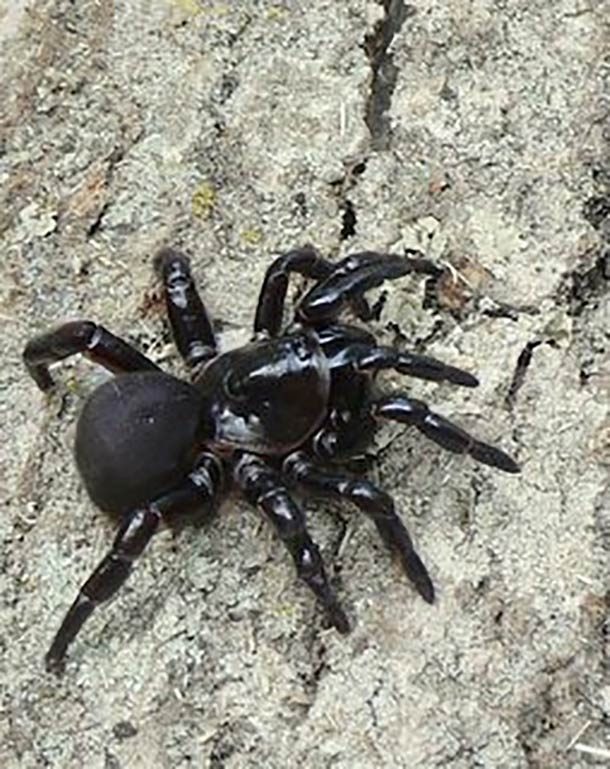 Source: https://animalcorner.co.uk
Source: https://animalcorner.co.uk Trapdoor Spiders are often mistaken for Funnel Web Spiders, but they rarely bite and if they do, it’s low risk to humans. It can, however, be quite painful.
Brown Widow Spider
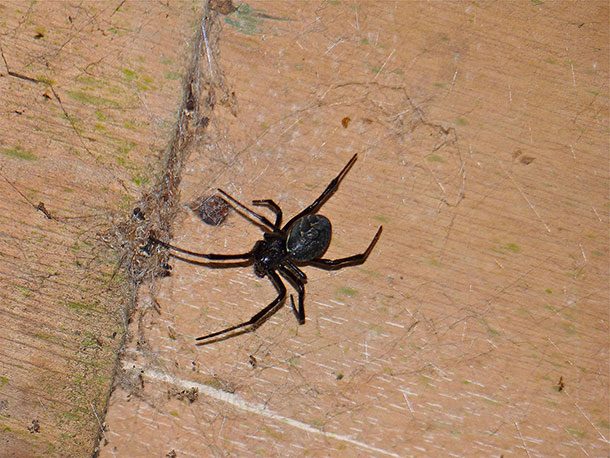 Source: https://www.livestrong.com
Source: https://www.livestrong.com In most cases, the Brown Widow Spider’s bite only causes minor problems but occasionally they can be serious, including muscle spasms, headache, and nausea.
Mouse Spiders
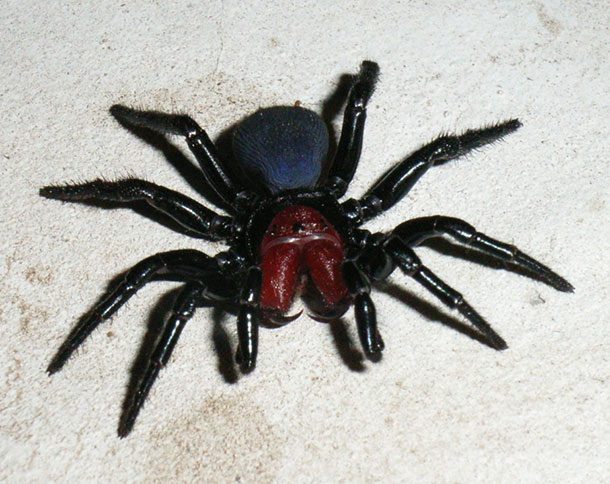 Source: https://animalcorner.co.uk
Source: https://animalcorner.co.uk Most male and female Mouse Spiders have very large fangs and are also aggressive. Fortunately, only certain species have been found to cause serious symptoms.
Chilean Recluse Spider
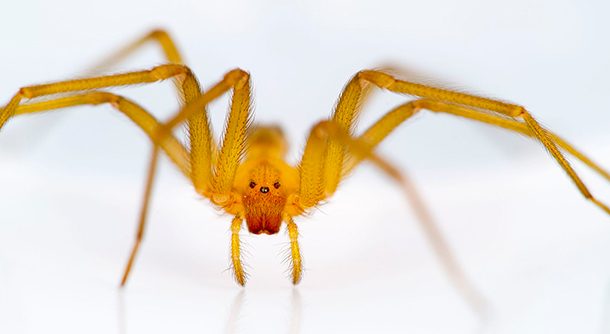 Source: https://www.cbsnews.com
Source: https://www.cbsnews.com While death resulting from their bites is very uncommon, the Chilean Recluse Spider can cause serious symptoms such as skin irritation and death of skin cells.
Wolf Spider
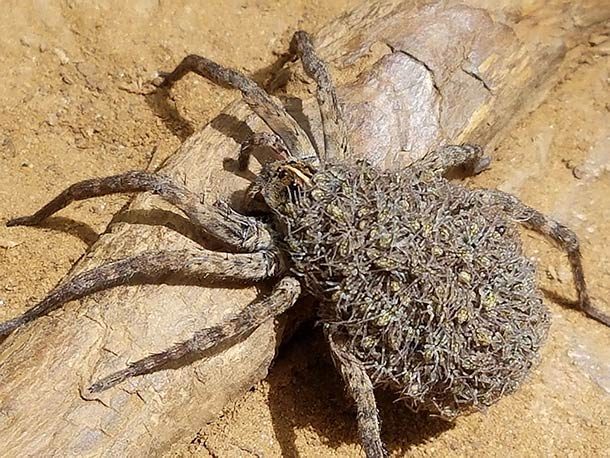 Source: https://www.thespruce.com
Source: https://www.thespruce.com With a name like “Wolf Spider,” it would make sense for people to be afraid of it. However, its bite isn’t deadly and only causes minor irritation. However, some victims may be allergic and will need to seek medical attention.
Northern Tree Funnel Spider
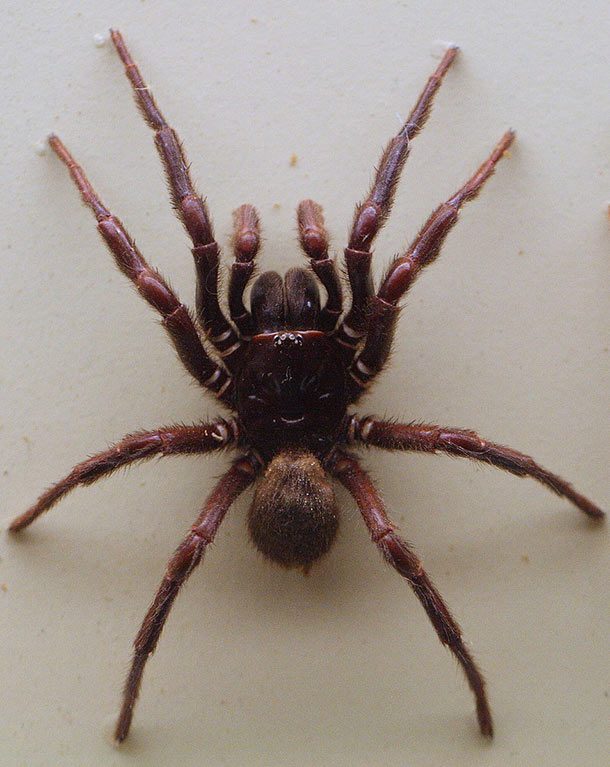 Source: https://australianmuseum.net.au
Source: https://australianmuseum.net.au A relative of the Australian Funnel Web Spider, the Northern Tree Funnel Spider is just as deadly and dangerous. Unlike their relatives, they live mostly in trees and wooded areas.
Red Widow Spider
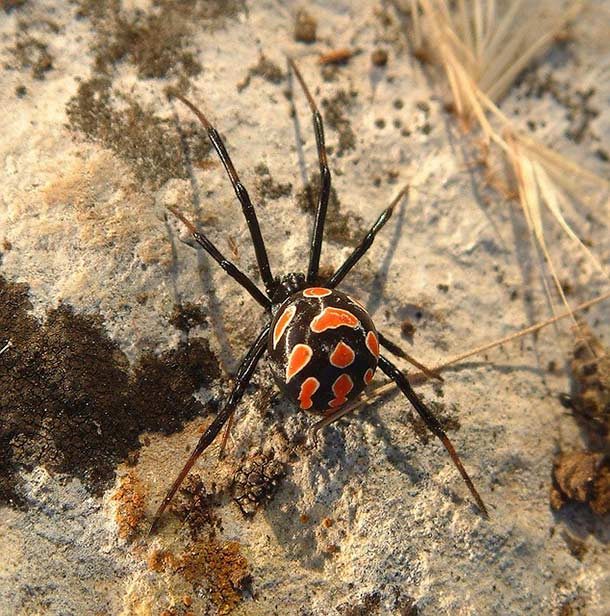 Source: http://bugguide.net
Source: http://bugguide.net Found primarily in Florida, the Red Widow Spider can cause spasms in humans if bitten. Luckily, there aren’t many recorded bites as they don’t often come into contact with humans.
Tiger Wandering Spider
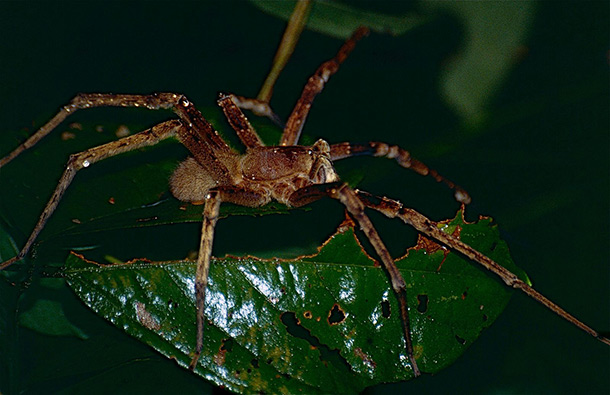 Source: http://arachnoboards.com
Source: http://arachnoboards.com The Tiger Wandering Spider is similar to the Brazillian Wandering Spider. It has a complex neurotoxic venom and is known to cause severe pain among other symptoms upon biting.
Corner Funnel Weaver Spider
 Source: http://bugeric.blogspot.com/
Source: http://bugeric.blogspot.com/ While rare, a bite from a Croner Funnel Weaver Spider has had cases of severe headaches and vomiting.
Baboon Spider
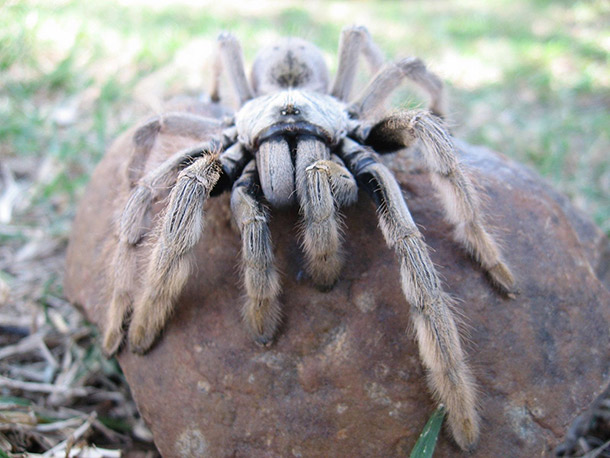 Source: http://traveltips.usatoday.com/
Source: http://traveltips.usatoday.com/ Found in Africa, the Baboon Spider is very similar to a tarantula. A bite from a Baboon Spider could lead to vomiting, difficulty walking, and shock.
Lynx Spider
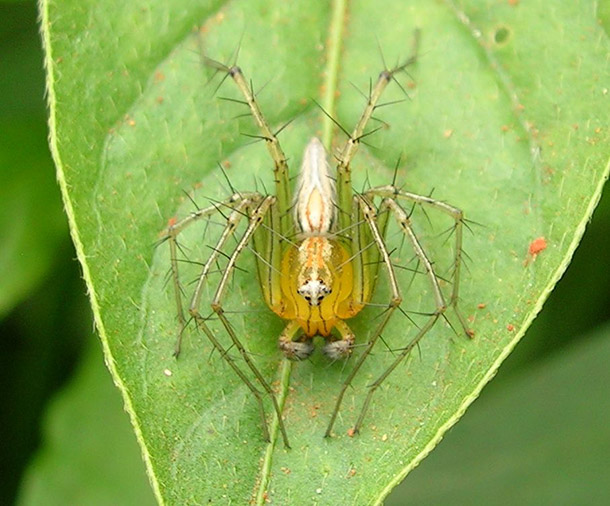 Source: http://www.spiders.us, American Journal of Emergency Medicine via wikipedia
Source: http://www.spiders.us, American Journal of Emergency Medicine via wikipedia Lynx Spiders are known to have a jumping mechanism and are also one of the few spiders that can actually spit their venom. While they aren’t deadly to humans, their venom can cause localized swelling up to 10 inches (25 cm) in diameter.
Yes, we said they can spit their venom. *shiver*
Brazilian Wandering Spider
 Source: http://www.independent.co.uk
Source: http://www.independent.co.uk When Guinness Book of World Records claims the Brazillian Wandering Spider, also known as the Banana Spider, is the most venomous spider in the world, you definitely don’t want to mess with them. Fortunately, they’re only found in tropical climates in the Caribbean and South America.
Lists Going Viral Right Now
Photo: 25. Wikipedia Commons.com (Public Domain), 24. Stu’s Images, Steatoda nobilis, Noble False Widow Spider, UK, CC BY-SA 4.0, 23. Stu’s Images, Steatoda grossa, Cupboard Spider, CC BY-SA 4.0, 22. Wikipedia Commons.com (Public Domain), 21. Judgeking, Hobo-spider, CC BY-SA 3.0, 20. jesscostall, Latrodectus katipo, CC BY 2.0, 19. Beliar spider., Sicarius terrosus, female – 02, CC BY-SA 4.0, 18. Calistemon, Redback vers Lizard, CC BY-SA 3.0, 17. CSIRO, CSIRO ScienceImage 2018 A Black House Spider, CC BY 3.0, 16. Techuser, Wandering spider, CC BY-SA 4.0, 15. Chuck Evans(mcevan)”., Black Widow Spider 07-04-20, CC BY 2.5, 14. Austin Campbell, Yellow-sac-spider, CC BY-SA 4.0, 13. Ranil Nanayakkara / British Tarantula Society, Poecilotheria rajaei, CC BY 3.0, 12. CSIRO, CSIRO ScienceImage 1969 The Male Funnel Web Spider, CC BY 3.0, 9. Greg Gilbert from Dahlonega Area, Georgia, USA, Cork-lid trapdoor spider (Ctenizidae, Ummidia) (3828185229), CC BY 2.0, 10. Bernard DUPONT from FRANCE, Brown Widow Spider (Latrodectus geometricus ?) (15239030523), CC BY-SA 2.0, 9. Bruiser15, Male Mouse Spider, CC BY-SA 3.0, 8. Ssiltane, Chilean recluse spider (Loxosceles laeta), CC BY-SA 4.0, 7. Celtikkat, WolfSpider F withYoung, CC BY-SA 4.0, 6. Toby Hudson, AustralianMuseum spider specimen 19, CC BY-SA 3.0 AU, 5. Pixabay.com (Public Domain), 4. Bernard DUPONT from FRANCE, Wandering Spider (Phoneutria fera) (10623228224), CC BY, SA 2.0, 3. Judy Gallagher, Barn Funnel Weaver – Tegenaria domestica, Woodbridge, Virginia, CC BY 2.0, 2. Ryan-Hyde at en.wikipedia, Baboon Tarantula, CC BY 3.0, 1. L. Shyamal, Lynx spider yellow, CC BY 2.5



























